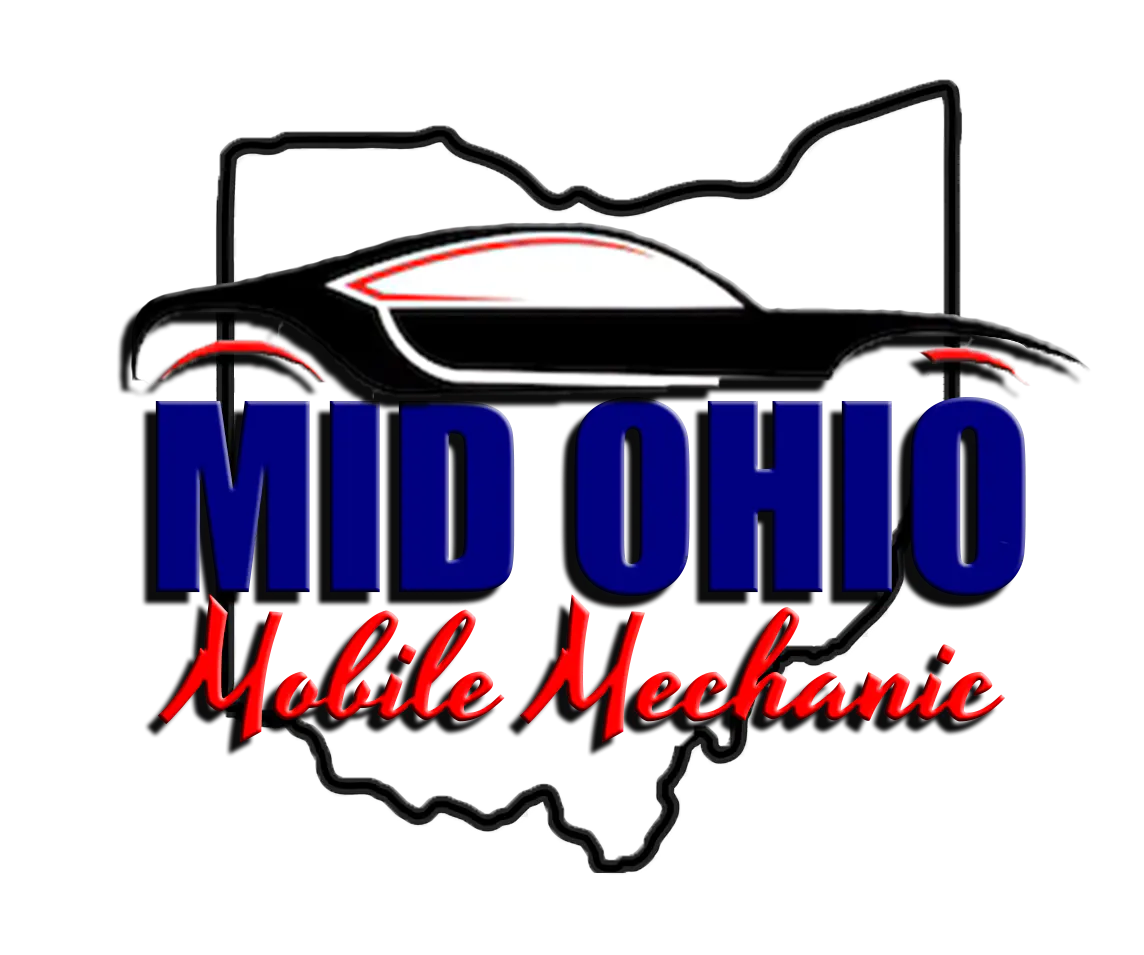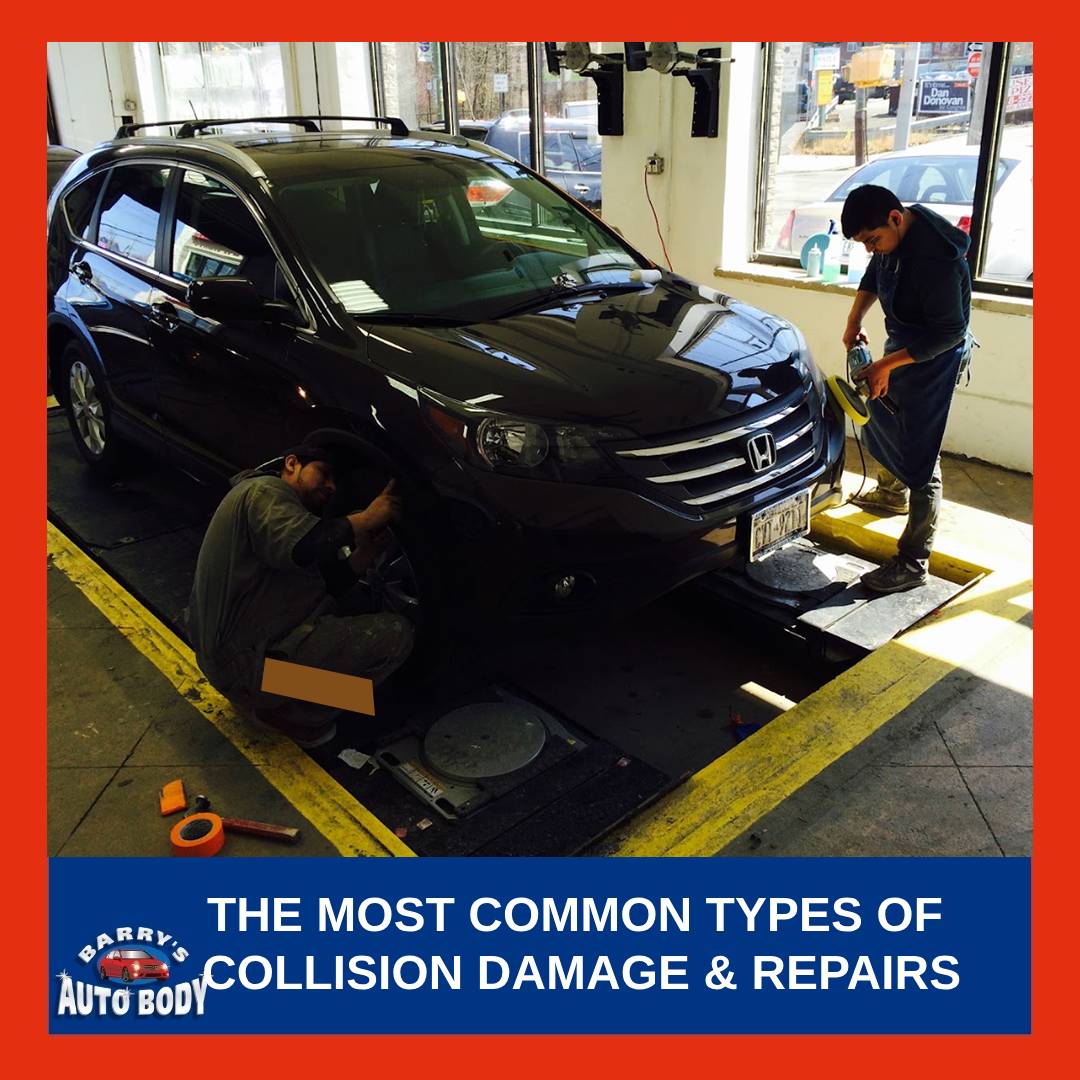Car collisions are unfortunate events that can leave lasting impacts on your vehicle’s appearance and functionality.
In this in-depth guide, we will explore the various types of collision damage, from seemingly minor dents and scratches to more complex issues like frame damage.
Understanding these damages is crucial for making informed decisions about repairs and ensuring the safety and longevity of your vehicle.
Types of Collision Damage:
Dents and Dings
Dents come in various forms, each requiring a specific approach to repair. Whether it’s a small door ding or a more prominent crease, the severity of the damage dictates the repair technique. Paintless Dent Repair (PDR) is a popular method for minor dents, preserving the original paint and avoiding the need for extensive bodywork.
Scratches and Paint Damage
Scratches can range from superficial surface marks to deep paint damage that exposes the metal beneath. Repair methods include touch-ups for minor scratches and complete refinishing for more extensive damage. The key is addressing paint damage promptly to prevent issues like rust.
Frame Damage
Collisions can significantly impact a vehicle’s frame, compromising its structural integrity. Frame damage is often invisible to the naked eye, making it imperative to have a professional inspection. Computerized frame straightening is commonly used to restore the frame to its original condition.
Bumper Damage
Bumpers are prone to damage in collisions, and the severity varies. Repair options range from minor scuffs to more significant structural damage, from simple touch-ups to complete bumper replacements. Repairing or replacing a bumper restores aesthetics and maintains its crucial protective function.
Glass and Mirror Damage
Windshields and mirrors are susceptible to damage in accidents. Chips and cracks in windshields can compromise visibility and safety. Promptly repairing small chips can prevent them from spreading. In cases of extensive damage, windshield replacement is necessary. Additionally, mirror damage may require replacement to ensure proper functionality.
The Repair Process:
Initial Assessment
After an accident, a thorough inspection is crucial for identifying all damages accurately. Modern technology, such as computerized diagnostics, aids in the initial assessment, ensuring no hidden issues are overlooked.
Estimation and Quoting
Auto body repair shops provide estimates based on the type and extent of damage. Transparent quoting processes help customers understand the costs involved, fostering trust and clarity in the repair process.
Parts Replacement vs. Repair
Deciding between repairing and replacing damaged parts involves evaluating factors like cost, the extent of damage, and environmental considerations. Repair shops prioritize sustainable practices while ensuring the effectiveness of repairs.
Advanced Repair Technologies
Advanced technologies like Paintless Dent Repair (PDR) and computerized frame straightening have revolutionized the repair process. PDR is particularly effective for minor dents, preserving the vehicle’s original finish. Computerized frame straightening ensures precise restoration of the vehicle’s structural integrity.
DIY Repairs vs. Professional Services:
When DIY is Appropriate
While car owners can address minor repairs like small scratches or dings, it’s crucial to recognize the limits of DIY repairs. Professional assistance is necessary for complex damages to ensure proper and safe restoration.
Risks of DIY Repairs
Attempting DIY repairs on your vehicle, especially in the aftermath of a collision, comes with inherent risks. While the desire to address damages independently is understandable, it’s essential to recognize the limits of one’s expertise.
DIY repairs can lead to unintended consequences when not executed with precision. For instance, a well-intentioned effort to fix a dent or scratch might result in uneven surfaces or improper paint blending, compromising the vehicle’s aesthetics. Moreover, attempting complex repairs, such as those involving frame or structural damage, without professional guidance can exacerbate issues, posing safety risks and potentially making the vehicle unroadworthy.
DIY endeavors may also need more advanced tools and equipment that professional auto body repair shops possess, hindering the ability to achieve high-quality, lasting repairs. Ultimately, the risks associated with DIY repairs underscore the importance of seeking professional assistance for comprehensive and reliable restoration after a collision.
Regular Vehicle Maintenance
Regular maintenance plays a crucial role in preventing certain types of collision damage. Timely inspections can catch potential issues early, allowing for proactive repairs and minimizing the risk of more significant problems.
In conclusion, understanding the most common types of collision damage empowers car owners to make informed decisions about repairs. From dents and scratches to frame damage, each aspect requires careful consideration for a comprehensive restoration. By recognizing the importance of professional assessments, embracing advanced repair technologies, and adopting preventive measures, car owners can ensure their vehicles’ longevity, safety, and aesthetics.
Share your experiences with collision repairs or ask questions in the comments below. Our team of auto body repair experts is here to provide guidance and support. Remember, your safety comes first, and a well-informed approach to collision repairs ensures a smooth and reliable journey on the road. If you need professional auto body repair services, don’t hesitate to reach out – we’re here to help you get back on the road with confidence.
The post Understanding the Most Common Types of Collision Damage and Repairs appeared first on Barry's Auto Body.

